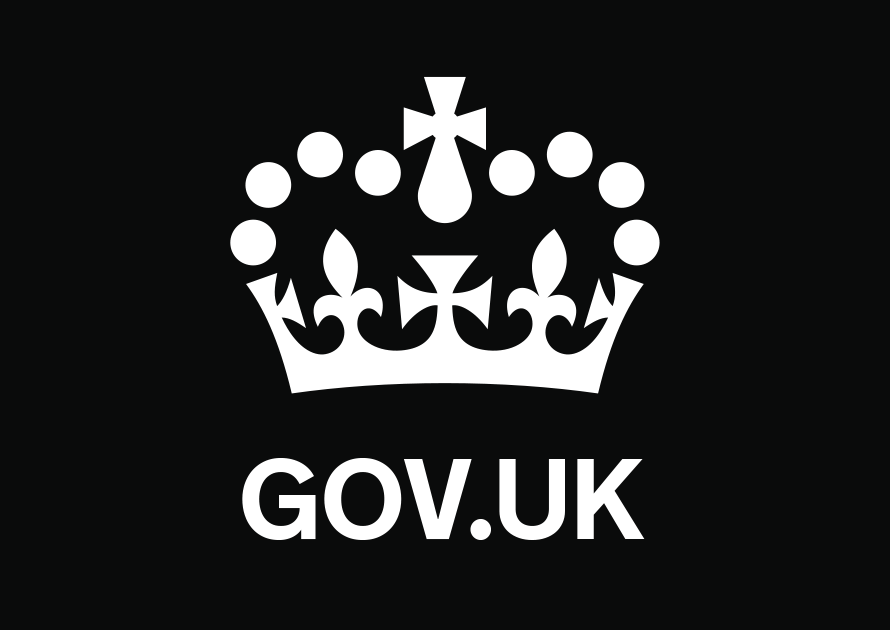Check when you should use the NCTS
If you are a UK trader, you should use the NCTS to submit electronic transit declarations.
The Common Transit procedure can be used for movements between the UK, the EU and other common transit countries.
You must use the system if you’re a trader and want to move goods under the Common Transit Convention.
You can keep up to date with news affecting NCTS users by reading the Community, Common Transit and TIR newsletters.
If you use the Transports Internationaux Routiers (TIR) procedure
The TIR procedure is used for transit operations that begin, end, or move through a third (non-EU) country that has signed the TIR convention.
You must declare these goods to the NCTS for any part of the journey taking place within Northern Ireland or the EU.
Check when you cannot use the NCTS
You cannot use the system:
What you need before you move goods
To move goods and use the NTCS, you need:
- an EORI number or common transit country trader identification number
- your business address
- a guarantee
- Customs Handling of Import and Export Freight (CHIEF) or Customs Declaration Service entry number (for free circulation goods)
- details of the vehicle transporting the goods
- a description of the goods
You can use transit simplified procedures when moving goods under transit.
How to use a transit accompanying document (TAD) to move goods
Goods moving under the transit procedure must be accompanied by a TAD for presentation at their destination. This is useful if:
- the goods are diverted
- there are any incidents during transit
This document includes your consignment’s movement reference number (printed in numeric form and as a barcode). You must print barcodes to the ISO code 128 standard, rather than EAN 128.When consigning multiple items, you must also send a list of the items with the TAD.
The TAD can be printed at the customs office of departure or, if your printer can accommodate barcodes, at your own premises. It is authenticated by the system, so does not need to be stamped by customs.
It’s important that the TAD is presented to customs at the office of destination, so they can inform the NCTS that the goods have arrived.
What you need to use the NCTS
To use the online service, you need:
- a government gateway ID (you can register for one the first time you access the system)
- access to a computer that can download and print Adobe Acrobat PDF documents
- specific settings enabled on your internet browser
- a good quality printer that can print barcodes — this is so you can print your TAD and (if applicable) a list of items
How to access the NCTS
To access the NCTS, you can use either:
- third party software — this may be useful if you’re running a larger business and it’s possible to integrate it with other import or export software
- the free-to-use NCTS web channel — this is designed for traders who are low volume users
If you choose to use software
You can develop your own software for delivering messages direct from your organisation, or you can use a service provider that will do this on your behalf.
If you want to purchase software, you should read the list of known software providers.
If you want to develop your own software, contact the Software Developers Support Team by emailing: SDSTeam@hmrc.gov.uk.
Your software must be fully compatible with the NCTS, and able to connect using the Common Transit Convention trader application programming interface (API).
You should check with your suppliers before buying software. When developing your software, you must successfully complete specific test scenarios before use.
If you choose to use the NCTS web channel
To use the NCTS web channel, you must set up an account to use the NCTS to send transit declarations.
What happens after you submit your declaration
By submitting a transit declaration into the NCTS, you’re indicating that you intend to move the goods you’ve declared through a specified route to a final destination.
If there are any errors, the system will tell you what you need to correct before your declaration can be accepted.
If your declaration is accepted:
-
The customs office of departure will be notified.
-
The customs office will check and validate your request before your goods are released.
-
The system will send you a movement reference number.
-
Your goods will be allowed to travel by Border Force.
-
When your goods are released, the system will tell any other customs offices involved in the journey that the goods are on their way.
If you need more help using the NCTS
For help or advice,contact the NCTS helpdesk.
You can find out how to unenrol your business or a staff member by reading the New Computerised Transit System: supporting guidance.



